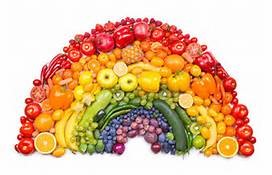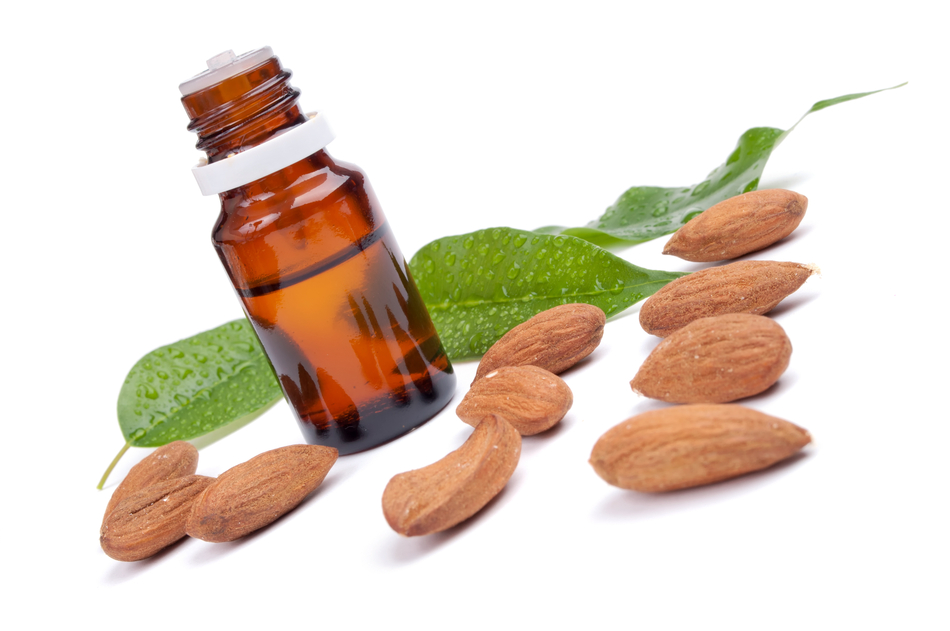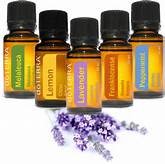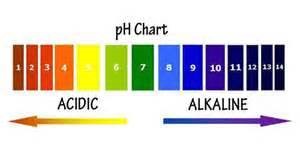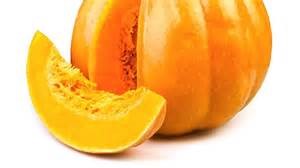The Color of Fruits and Veggies
Posted on:
07-28-2016
I am a visual person. When my plate is filled with multiple colors it puts a smile on my face. I cannot wait to eat and feel the benefits of these foods. Fruits and vegetables come in an array of colors that appeal to the appetite. What you may not realize, though, is that this array of colors represents various nutritional benefits.
Fruits and vegetables, rich in colors – from orange, purple, yellow, red, and green — all have different nutritional characteristics. Foods in the
red category
(tomatoes, pink grapefruit, etc.) have lycopene, which fights against free radicals and cancer. It is beneficial for heart and lung health.
Those foods with a
purple or reddish-purple color (beets, eggplant, strawberries, red and blue grapes, etc.) have anthocyanin’s, which are antioxidants noted to have anti-aging and heart health benefits.
Orange foods
(carrots, mangos, squash, sweet potatoes, etc.) are loaded with alpha and beta carotenes, which are noted for their anti-cancer and skin protection properties, and they also promote the repair of damaged DNA.
Orange-yellow foods
(peaches, nectarines, papaya, etc.) contain the antioxidant cryptothanxin, which is said to improve intracellular communication and have heart health benefits.
Foods in the
green/yellow category
(spinach, avocados, honeydew, green peas, corn, etc.) have lutein and zioxanthin, which studies have indicated reduce the risk of cataracts and macular degeneration.
Green foods
(bok choy, dark leafy greens, cabbage, etc.) have been known to have anti-cancer properties. Green foods contain chlorophyll, the green pigment in plants that oxygenates the body. No chlorophyll, no human life!
Categories: article, Eat Well, nutrition

